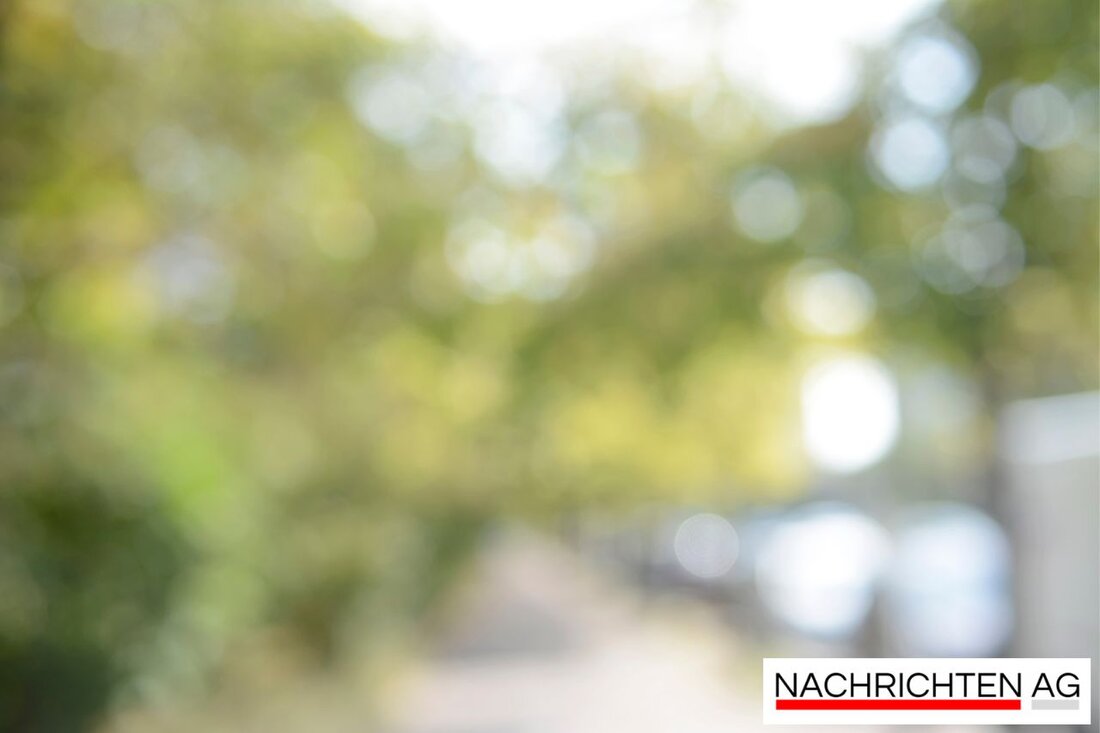Cuba's Vintage Cars Thrive Amidst Challenges and Tourism Boom
Explore Cuba's vibrant culture, vintage cars, and resilient spirit as tourism flourishes amid challenges from the U.S. embargo.

Cuba's Vintage Cars Thrive Amidst Challenges and Tourism Boom
Stepping into Havana is like entering a vibrant time capsule where old American cars are not just a mode of transportation but an emblem of perseverance against the backdrop of significant economic restrictions. According to TravelPulse, the classic cars that define the streets of Cuba are primarily over 60 years old, a result of the U.S. trade embargo imposed in the 1960s that halted car imports. As tourists hop into 1952 Chevy convertibles for a cruise along Havana’s Malecón, they do more than relive the past; they participate in a slice of Cuba where nostalgia meets daily life.
The stark reality of Cuban life—marked by challenges like blackouts and supply shortages—is balanced by the enduring spirit of its people. With around 500,000 Canadians flocking to the island just in the first quarter of 2025, tourism continues to thrive, bringing both joy and economic benefits to locals. The famed Buena Vista Social Club stands as a testament to Cuba’s rich cultural heritage, once a sanctuary for performers who were excluded from mainstream nightlife due to racism. This club became a beacon of hope and enjoyment amidst adversity.
Cubans and Their Cars
Classic American cars, including Fords, Pontiacs, and Chevrolets, have become a hallmark of Cuban ingenuity. As stated on Diplomatic Times, there are an estimated 60,000 vintage vehicles in Cuba, many still running thanks to the resourceful efforts of their owners. These cars were once symbols of American luxury during the pre-revolutionary period when Cuba was a top vacation spot for Americans. After the revolution in 1959 and the following embargo, however, maintaining these vehicles became a significant challenge.
Despite scarce replacement parts, Cubans keep their vehicles in pristine condition. Many owners modify their cars, often replacing original engines with diesel engines from Russian trucks—providing better fuel efficiency. A typical taxi driver in Havana can earn up to $100 a day, illustrating the growing significance of tourism in the economy. However, this newfound wealth has come with inflationary pressures, raising prices for locals who aren’t part of this booming sector.
Life in the Tropics
While cities like Cienfuegos, dubbed La Perla del Sur, charm visitors with their neoclassical architecture and welcoming accommodations in historic mansions, rural areas like Viñales offer a slower pace of life marked by picturesque streets and vibrant local art. As noted by Northeastern University, the recent thaw in U.S.-Cuba relations has catalyzed a significant change in the labor market, with many Cubans now engaging in private enterprises. The influx of American tourists provides a tremendous boost to the economy, but it also highlights the increasing disparity between those benefiting from tourism and those who are not.
There’s something to be said for the resilience of the Cuban spirit; locals adapt and find joy in the little things, whether it’s gathering with family or tinkering with vintage cars. As solar panels are increasingly installed to cope with electricity issues, the proactive approach to problem-solving is evident. These small yet impactful changes reflect a community striving for betterment despite external challenges.
The evolving narrative of Cuba, intertwined with its vintage cars and a booming tourism sector, illustrates a unique journey. As we look to the future, the potential for further economic development remains bright, depending significantly on the evolving relationship with the U.S. and the direction of global tourism trends. In many ways, Cuba is already a living testament to the world’s capacity for resilience and creativity.

 Suche
Suche
 Mein Konto
Mein Konto